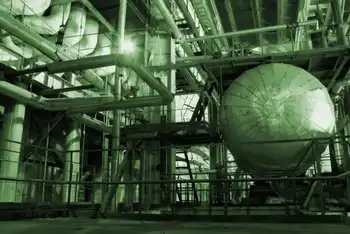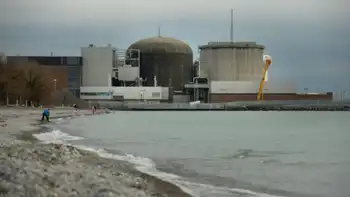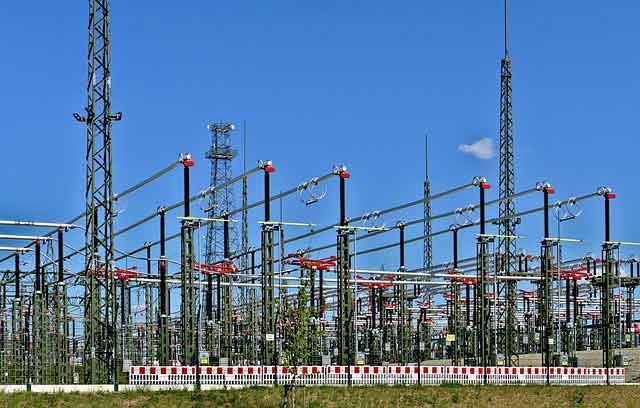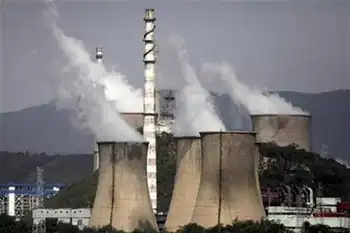Energy North Closes Share Offering
CALGARY -- - Energy North Inc. announced that it has closed a private placement of 6,226,000 flow-through common shares for gross proceeds of $1,556,500. Salman Partners Inc. and Dominick & Dominick Securities Inc. acted as the agents for this private placement, priced at $0.25 per flow-through common share.=
Proceeds of the private placement will be used to fund exploration and development expenditures in 2002 and 2003. Energy North will renounce Canadian Exploration Expenses (CEE) equal to the subscription amount for the flow-through common shares in 2002.
Energy North is concentrating its exploration and exploitation efforts in three natural gas and light oil areas in Alberta in which it has had considerable success adding high netback, low operating cost production and long-life reserves. The company expects to spend approximately $9 million in 2003 and plans to drill 35 wells.
Energy North Inc. is a growth-oriented oil and gas exploration and development company focused on the Western Canadian Sedimentary Basin where it is engaged in the production and exploration of natural gas and oil reserves. The company owns significant working interest in several central and eastern Alberta producing properties and is involved in multiple exploratory properties in southwestern and west central parts of the province.
Related News

Hydro One launches Ultra-Low Overnight Electricity Price Plan
TORONTO - Ultra-Low Overnight Price Plan delivers flexible electricity pricing from Hydro One and the Ontario Energy Board, with TOU, tiered options, off-peak EV charging savings, balanced billing, and an online calculator to optimize bills.
Key Points
An Ontario pricing option with ultra-low night rates, helping Hydro One customers save by shifting usage to off-peak.
✅ Four periods with ultra-low overnight rate for EV charging
✅ Compare TOU vs tiered with Hydro One's online calculator
✅ Balanced billing and due date choice support budget control
Hydro One has announced that customers have even more choice and flexibility when…




